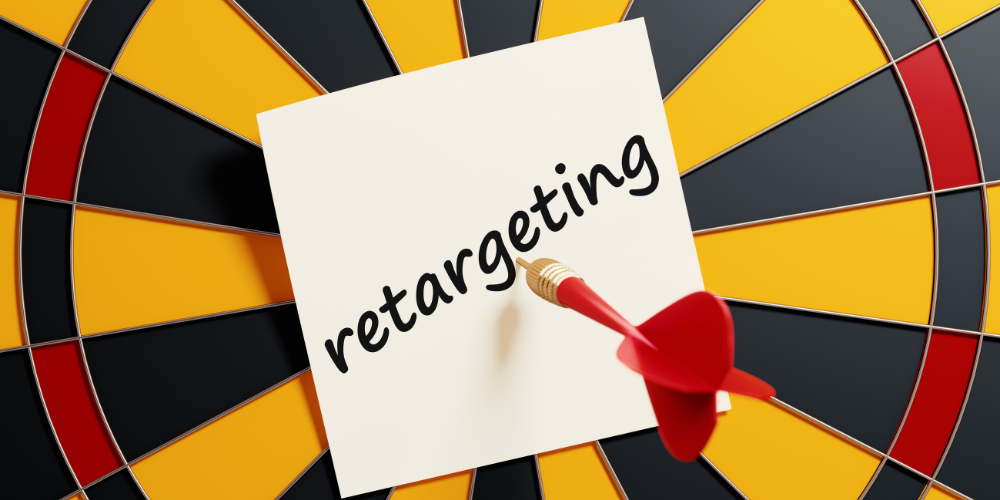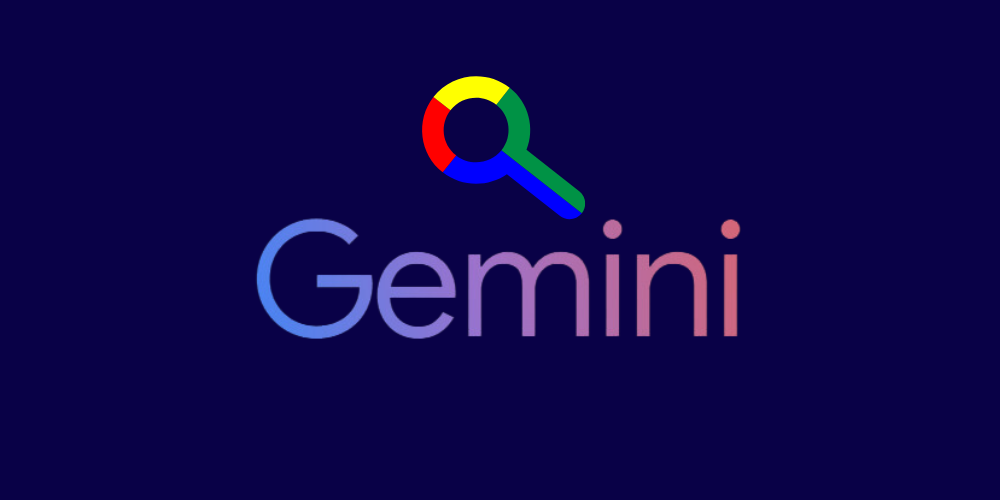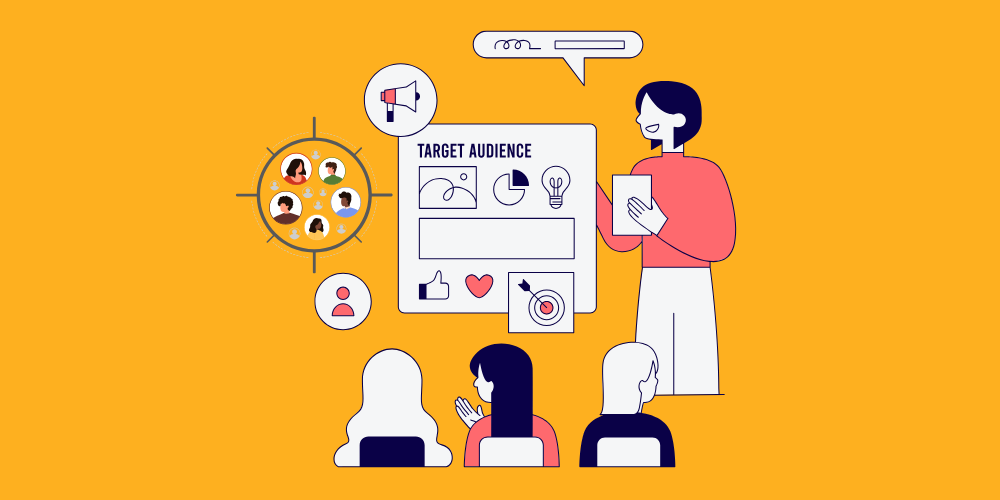Did you know that about 98% of website visitors don’t make a purchase on their first visit? This means that if you’re only focusing on attracting new customers, you’re potentially losing a significant chunk of sales. Here’s where retargeting ads come in.
Retargeting ads allow you to engage with potential customers who have interacted with your website but haven’t completed an action, such as making a purchase or signing up for a newsletter. Retargeting ads give businesses a second chance to convert these “lost” visitors into paying customers.
In this article, we’ll explore what retargeting ads are, why they work, and how you can master them to win back lost customers. Plus, we’ll dive into examples, tools, and even a case study to see how brands use retargeting to skyrocket their conversions.
What Are Retargeting Ads?
In simple terms, retargeting ads are online ads aimed at people who have already interacted with your website or app. These ads show up on other websites, apps, or social media platforms when the same user visits, keeping your brand fresh in their mind and encouraging them to complete an action they didn’t finish on their first visit.
Retargeting works by using cookies to track visitors’ activities on your site. When a visitor leaves without converting, these cookies are used to show them specific ads across the web to bring them back.
Types of Retargeting Ads:
1. Pixel-based Retargeting: This type of retargeting shows ads to people based on their past behavior on your site. It involves placing a small snippet of code (pixel) on your website that tracks user behavior.
2. List-based Retargeting: In this method, you use a list of existing customer emails (like your newsletter subscribers) to target them with ads, usually through platforms like Facebook or Google.
Why Retargeting Ads Work So Well ?
Retargeting is one of the most effective forms of digital marketing for several reasons:
- Re-engagement: Not all customers are ready to convert during their first interaction. Retargeting helps re-engage them after they’ve had some time to consider your offer.
- Brand Recall: The more customers see your brand, the more likely they are to trust it. Retargeting keeps your business top of mind, increasing brand recall and conversion rates.
- Highly Targeted: Since retargeting ads are only shown to people who’ve already shown interest, they tend to perform better than standard display ads in terms of click-through rate (CTR) and conversions.
A study by WordStream shows that retargeting ads typically have a 10x higher click-through rate compared to regular display ads, proving that this strategy is highly effective.
Steps to Create a Winning Retargeting Strategy
1. Segment Your Audience for Maximum Impact
Not all website visitors are the same, and one size does not fit all when it comes to retargeting. Segmenting your audience based on their behavior is key to creating relevant, personalized ads that can draw them back.
How to Segment:
- Cart Abandoners: These are users who added items to their cart but didn’t complete the purchase. Retarget these visitors with ads offering a discount or reminding them to complete their purchase.
- Product Viewers: These are visitors who viewed specific product pages but didn’t take any action. Show them ads featuring the exact products they viewed, or suggest similar products.
- Blog Readers: These users may have spent time reading your blog, showing some level of interest in your content but not converting. Retarget them with more educational content or product suggestions.
Example: Amazon effectively segments its audience by showing ads featuring products that customers have previously viewed, often with an enticing discount or promotion.
2. Craft Compelling Ad Copy and Visuals
The best retargeting ads capture attention with strong visuals and persuasive copy that addresses the visitor’s pain points.
Best Practices:
- Use Dynamic Ads: Platforms like Facebook and Google offer dynamic retargeting ads, which automatically display the exact products or services users viewed. This hyper-relevant content leads to higher engagement and conversions.
- Include Social Proof: Add reviews or testimonials in your retargeting ads to build trust with potential customers. Seeing positive feedback from others can influence hesitant buyers.
- Offer Incentives: Offering time-limited discounts, free shipping, or bonuses can push someone over the edge to make a purchase.
Example:
Booking.com is famous for using retargeting ads that create urgency. They display ads reminding users about the specific hotel or accommodation they previously viewed, often with a message about limited availability.
3. Set the Right Frequency
While retargeting is effective, bombarding users with too many ads can backfire. Nobody likes to feel stalked by a brand.
Best Practices for Ad Frequency:
- Cap Frequency: Set a cap on how often your retargeting ads appear to the same user. A good rule of thumb is to show the ad 5-10 times within a 30-day period.
- Use Burn Pixels: Once a visitor completes the desired action (like making a purchase), use a burn pixel to stop showing them retargeting ads, which prevents ad fatigue.
4. Measure and Optimize Your Campaigns
You can’t improve what you don’t measure. Regularly track the performance of your retargeting campaigns to see what’s working and where there’s room for improvement.
Key Metrics to Monitor:
- Click-Through Rate (CTR): How many users are clicking on your ads?
- Conversion Rate: Are users coming back to your site and converting?
- Cost Per Click (CPC): How much are you paying for each click?
- Return on Ad Spend (ROAS): How much revenue are you generating compared to what you’re spending on ads?
Best Tools for Running Retargeting Ads
Google Ads Remarketing
Google’s remarketing tool allows you to show ads across the Google Display Network to users who have visited your website. You can create both pixel-based and list-based remarketing campaigns, making it versatile.
Facebook Ads Retargeting
Facebook offers highly customizable retargeting options. You can retarget users who’ve interacted with your Facebook page, website, or Instagram profile. Facebook’s dynamic ads also allow you to automatically show the exact products or services users viewed on your site
AdRoll
AdRoll is a comprehensive retargeting platform that works across multiple channels, including web, mobile, and social media. It provides detailed reporting and AI-driven optimization tools.
Perfect Audience
This platform specializes in retargeting ads and provides a simple interface for creating campaigns. It integrates with Facebook, Twitter, and Google, making it ideal for multichannel retargeting.
Case Study: Airbnb’s Retargeting Success
Brand: Airbnb
Challenge: Many potential customers would visit Airbnb’s website, browse through available rentals, and then leave without making a booking.
Solution: Airbnb implemented a retargeting campaign focused on showing ads to visitors who had previously viewed listings but hadn’t booked. They personalized their ads by featuring the specific listings visitors had looked at.
Results: This retargeting strategy led to a 300% increase in click-through rates compared to their regular ads. The dynamic retargeting ads brought back lost visitors, and many went on to book rentals after seeing the ads multiple times.
Takeaway: Personalizing retargeting ads based on user behavior significantly boosts engagement and conversions, as shown in Airbnb’s campaign. This case illustrates the power of showing relevant content to users at the right time.
Final Thoughts
Mastering retargeting ads is essential for any business aiming to recover lost customers and maximize conversions. By carefully segmenting your audience, crafting compelling ads, managing frequency, and using the right tools, you can build highly effective retargeting campaigns that drive significant results.
The most important thing to remember is that retargeting ads aren’t just about showing the same ad over and over. They’re about offering personalized, relevant content that re-engages potential customers at the right moment, reminding them of why they were interested in your product in the first place. Also read “Content Marketing vs. Paid Ads: Which Strategy Delivers Better ROI ?“
With the right approach, retargeting can transform lost website visitors into loyal, paying customers.





[…] also known as retargeting, allows you to show ads to people who have already interacted with your brand but haven’t yet […]
[…] Retargeting is the unsung hero of PPC advertising, allowing you to stay on customers’ minds long after they’ve left your website. Even if potential customers leave your site without making a purchase, retargeting lets you bring them back. […]
[…] visit, and many brands miss the opportunity to re-engage potential customers through retargeting. Retargeting allows you to remind users of your products or services after they’ve interacted with your brand, […]